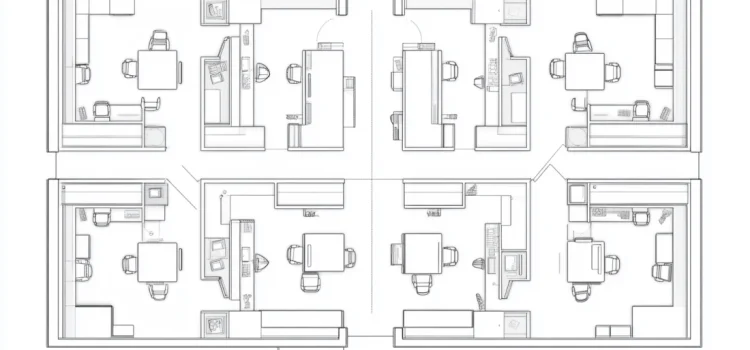
Why should all teams work together in a business? What are effective ways to get teams to interact with each other?
Even the best product teams don’t exist in isolation. How teams are organized within a business structure plays an important role in how well individual teams function.
Check out how to structure a business that has teams working together under one purpose.
Structuring Your Organization
Figuring out how to structure a business clarifies how teams interact while keeping them aligned with company interests, granting them autonomy to meet their objectives without undermining other teams’ roles, and remaining dynamic enough to adjust in response to evolving business realities.
Creating a product often involves multiple teams working toward a shared purpose, which raises the question of how to organize their work. Some teams design products directly for the customer, while others exist to support their fellow teams. Team relationships can get complicated quickly, so Marty Cagan and Chris Jones write that it’s vital to establish each team’s area of responsibility and authority. The framework this creates, called a “team topology,” clarifies how teams relate to each other while defining their individual areas of expertise. Ideally, your company’s structure will be such that all teams remain aligned with your company’s vision by keeping them focused on how their work contributes to the end-user experience.
| The “Cover and Move” Strategy in Product Leadership After setting up the framework defining team relationships, as Cagan and Jones describe, product leaders must play an active role in ensuring teams function well together. A parallel idea outside the business world is the military concept of “Cover and Move,” as explained by Jocko Willink and Leif Babin in Extreme Ownership. In the “Cover and Move” strategy, one team of soldiers protects another as the second team moves into a new position, after which the teams switch roles. In product leadership, this could refer to one team double-checking another team’s work before switching places and receiving the same guidance. Just as the commanders of combat units support each other in the field, product leaders should always keep the bigger picture in mind, promote a sense of mutual support, and encourage teams to understand how their actions impact the other teams they work with. This battlefield mindset steers teams away from internal competition to focus on their collective success. |
Cagan and Jones say it’s important to remember that team structures aren’t static—they evolve over time. For instance, a company’s IT department might need to take on additional work when other teams launch products. If left unmanaged, this evolution of duties may lead to a growing imbalance of work that leads to unexpected bottlenecks throughout the production process. Therefore, team structures need regular review and adjustment due to the shifting realities of your business. Signs that indicate a change is needed include frequently shifting employees between teams or receiving complaints about excessive slowdowns from different sectors of your business.
(Shortform note: If you don’t control your team structure’s evolution the way Cagan and Jones insist that you should, the results can be disastrous. In The Phoenix Project, Gene Kim, Kevin Behr, and George Spafford demonstrate how the slow, unmanaged buildup of work in one part of an organization can create a bottleneck that slows down the whole product creation process. If the bottleneck causes a total stoppage of work, you may be forced to restructure all your teams at once—a process ripe with peril for any organization. To prevent such a crisis, The Phoenix Project’s authors recommend that you constantly monitor your company’s workflow with an eye to where it moves quickly and where it gets bogged down.)






